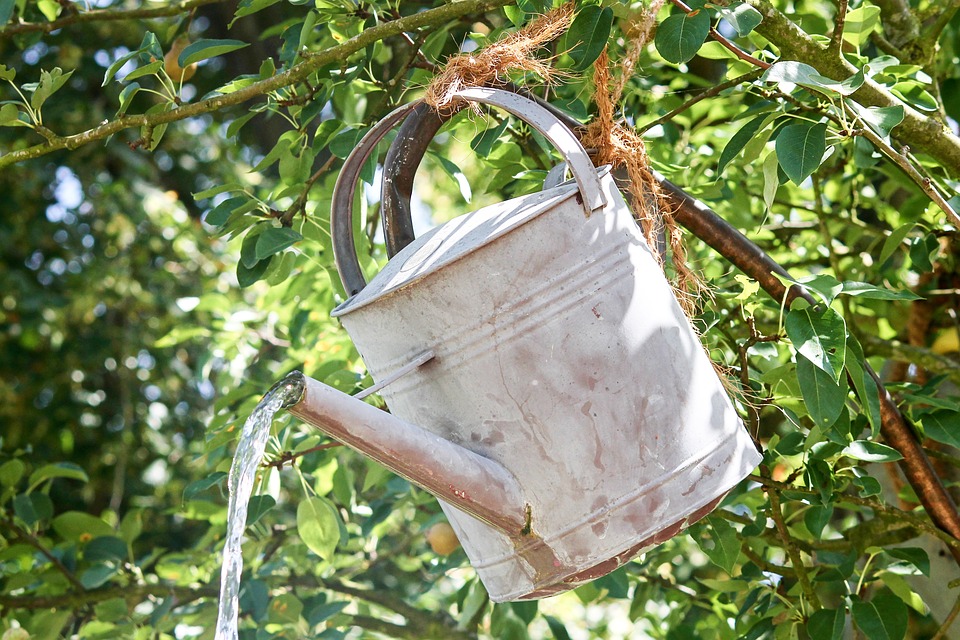
July’s weather was record-setting. With its extreme heat and drought, our prediction from June was right: This summer has been a hot one. And, if you may have learned from that previous article, heat stress can be detrimental to the health of your trees.
You may be thinking the rain from the hurricane, tornadoes, and storms will make up for the lack of water, right? While too little water is bad for trees, so is too much water. The dangers of climate stress make correct watering procedures imperative.
Susceptibility by Age: Heat or Storm Stress
It’s important to check on your trees to see if they are experiencing any stress from heat or storms, especially if you have older, mature trees. The older the tree, the more susceptible it is to weather stressors – even if it may take a little longer to see the signs of deterioration.
Young Trees:
- Typically need more consistent watering than
mature trees, however … - During drought, both young and mature trees need
increased attention
Mature Trees:
- More vulnerable to weather stressors, making them more prone to diseases and infestations
- Signs of heat or storm stress are not immediately seen
- Slower to react to changes in weather
- The taller the height, the harder it is to suck up water
Keep in mind that during droughts, trees are losing water faster than they can replace it. This makes watering measures vital to maintaining tree health.
Symptoms of Heat or Storm Stress
If left untreated, these signs will be prevalent in landscapes for the rest of the year.
Extreme Heat, Drought: Underwatered

- Wilting, drooping, or yellowing leaves
- Rust-colored spots or bumps on leaves
- Sap coming from tree trunk
- A “scorched” look on edges of leaves
- Unusual lack of healthy tree growth
Excess Storms: Overwatered

- Area surrounding tree always seems wet
- Lack of growth around the base of the tree
- New growth around the tree may appear yellow or green
- Leaves are green but break easily
Watering Techniques
Generally, how often you water your tree is dependent on three things: Tree size, soil moisture, and weather conditions. Below are a
few tips to keep in mind when watering your tree.
- It’s best to water your tree in the morning or at night.
- The younger the tree, the more water it needs.
- Slow, deep watering is most efficient.
- Your tree should receive 10 gallons of water for each inch of its diameter.
- Watch out for wet or soggy soil, as it will stress out the tree more.
- After long periods of rainfall, avoid watering your tree for 1-2 weeks.
Check out our blog post from 2014 for more tips on watering your trees this summer.
Treatment for Heat or Storm Stress
Mulching: Mulch makes it easier for trees to absorb water and less likely for soil to dry out.
Customized Care: It may be difficult to distinguish the signs of heat or storm stress on your landscape. We can customize care for your landscape by giving you options to foster it to optimal health.
If you’re worried about heat or storm stress in your trees, call us at 703.573.3029 or book an appointment to meet with one of our Certified Arborists.


